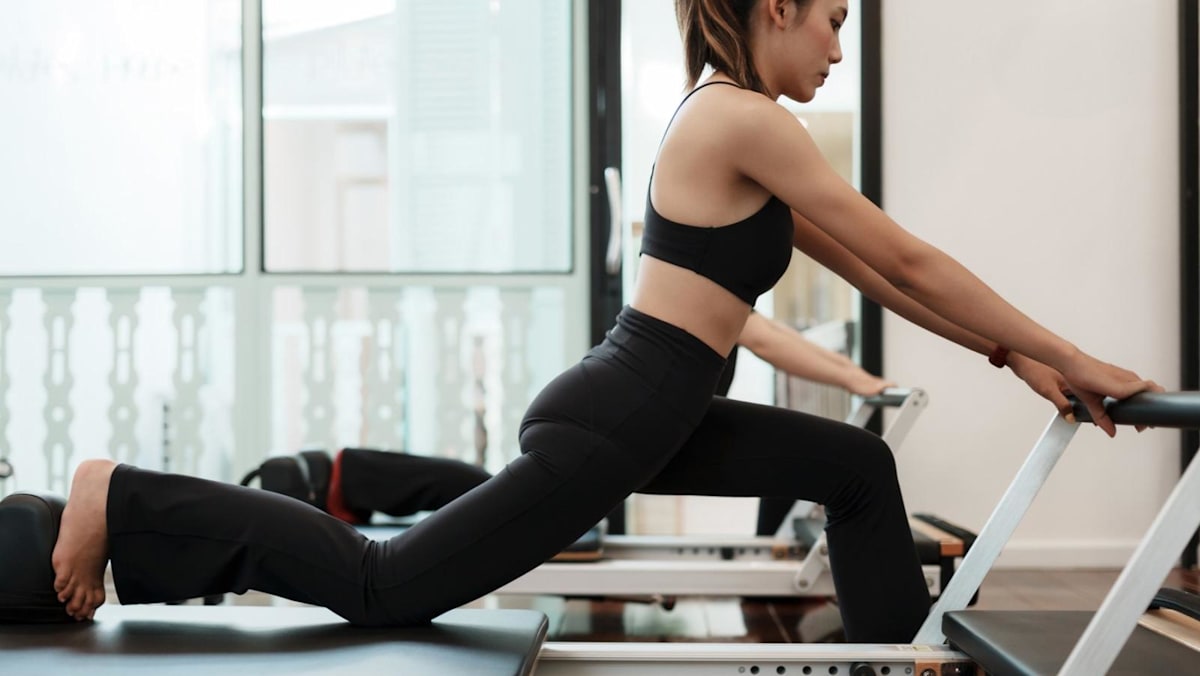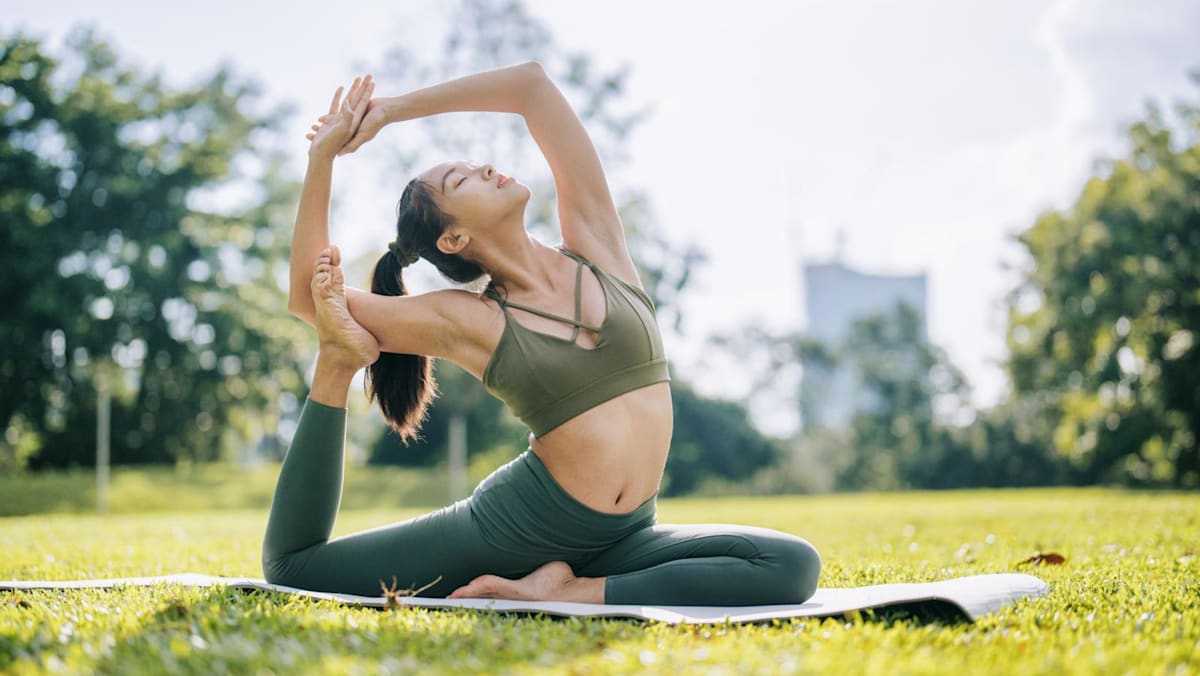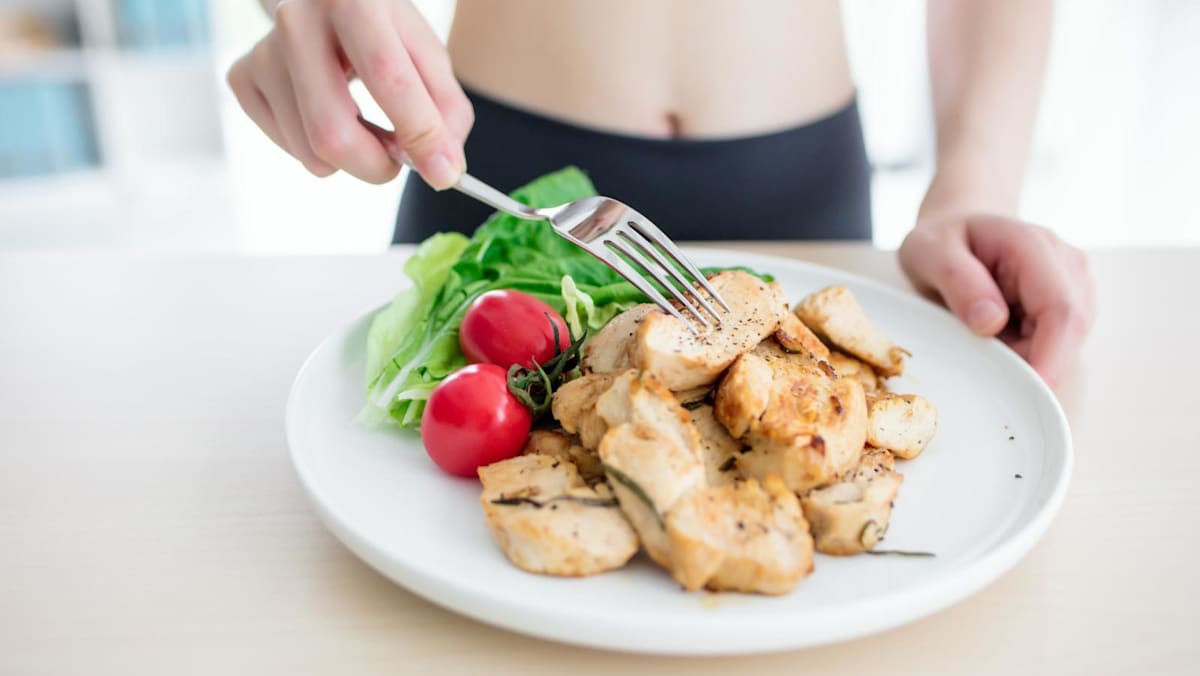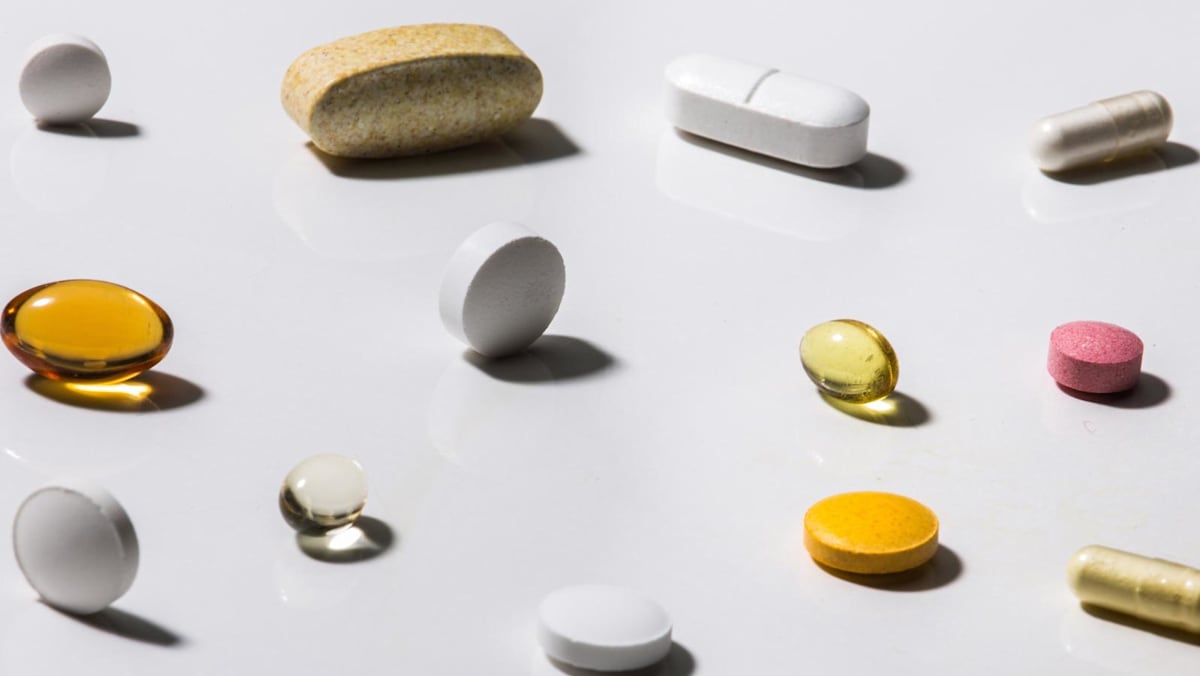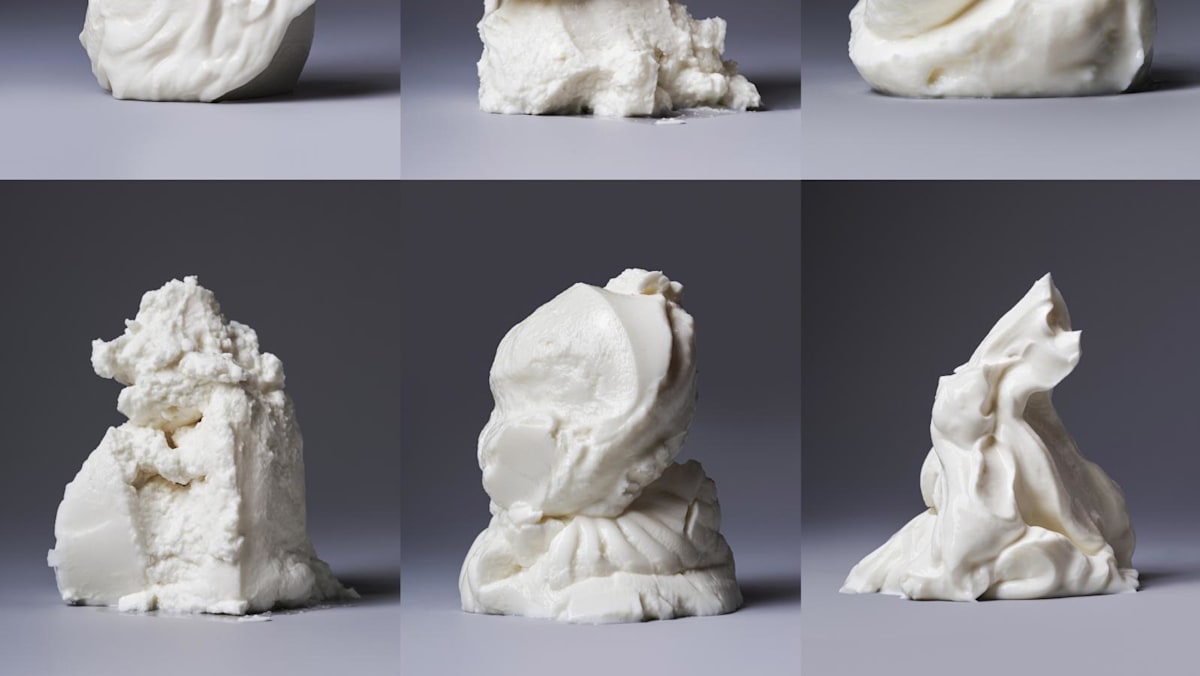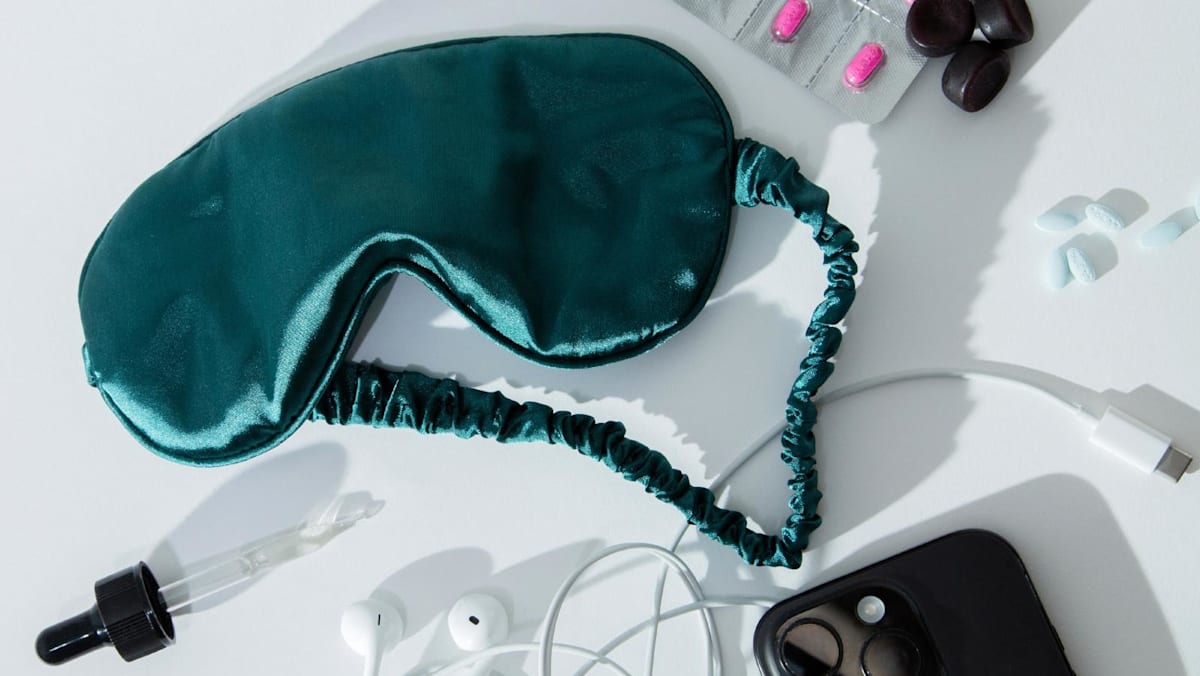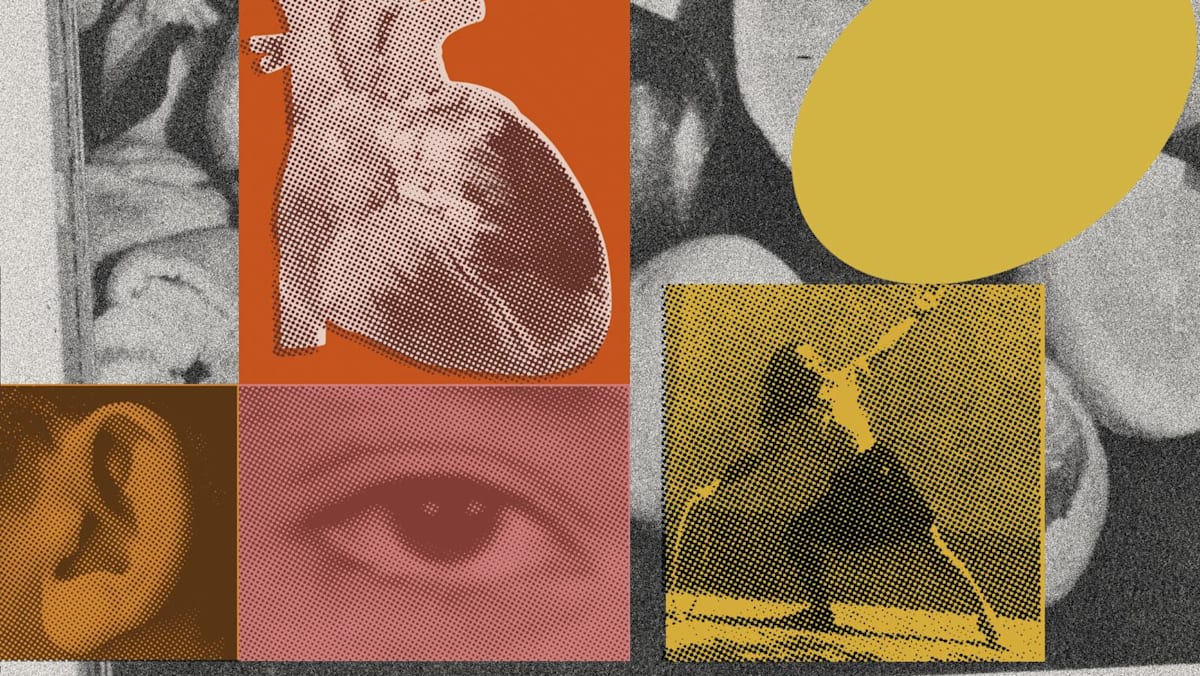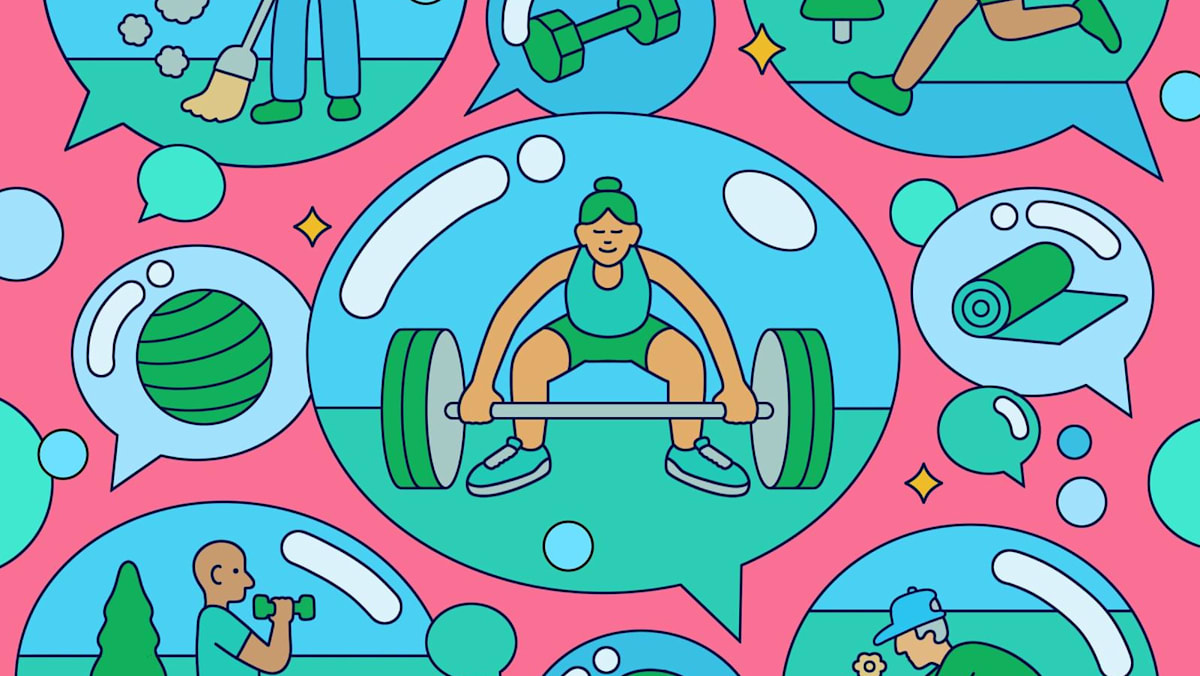It’s a promise that has been around for nearly as long as Pilates itself: Through highly controlled, low-intensity resistance exercises and stretches, the workout can help people develop lengthen and “tone” their muscles, reshaping their physiques to resemble those of professional dancers – or giving them what some have called a “Pilates body.”
But despite the many evidence-based health and fitness benefits of Pilates, this particular claim is more marketing hype than science, said William Kraemer, a professor emeritus in the department of kinesiology at the University of Connecticut.
“Your muscles can’t literally get longer,” Dr Kraemer said, since their length is determined by your genetics. And if your physique looks “toned,” that typically just means you have less body fat.
But Pilates does affect your body differently than heavy lifting, exercise science experts told The New York Times. Here’s what to know.
“PILATES BODY” CLAIMS HAVE A LONG HISTORY
When the German boxer and gymnast Joseph Pilates first brought his workout to New York City in the 1930s, it gained a reputation among professional ballet dancers for helping to relieve aches and pains and to rehabilitate them from injury.
In the decades that followed, many dancers became Pilates instructors and studio owners themselves, serving as living advertisements for the a aestheticpromise of the workout, said Shari Berkowitz, a Pilates teacher and educator in Peekskill, New York, who has also studied biomechanics.
Fitness marketers leaned into the implicit promise: Do as Pilates devotees do, and you can look like them, too. “It was a great marketing ploy,” Ms. Berkowitz said. But Pilates didn’t make these early adopters long and lean; they were simply long and lean women who happened to practise Pilates.
By claiming that Pilates can make you lithe, marketers are also playing into a culture that has long revered thinness and feared that other forms of strength training – namely, lifting heavy weights – will make you “bulky,” Berkowitz said.
PILATES BUILDS STRENGTH – BUT NOT MUCH MUSCLE MASS
Regularly practising Pilates can significantly increase your muscular endurance, but it will usually only lead to modest gains in muscle size, said Carrie Lamb, a Pilates studio owner and physical therapist in Golden, Colorado.
This is because traditional Pilates does not typically overload your muscles. Each exercise is only repeated a few times before you move on to the next one, and the load on your musculoskeletal system is light to moderate.
If you haven’t been active in a while, your muscles will most likely get a little bit bigger at first, but it’s “not the most efficient” way to build mass, Dr Lamb said.
And for most people, “bulking up” doesn’t happen by accident. It takes years of strategic strength training and nutrition, experts said.
If bigger muscles are your goal, you are more likely to achieve them by lifting heavy weights, since heavy lifting causes relatively more damage to your muscle fibres, which can lead to more growth as your body repairs them, said Cedric Bryant, an exercise physiologist and chief executive of the American Council on Exercise.
In order for any muscle to be visible – which is often perceived as “leanness” – you have to reduce the layer of fat that covers it. But that usually has more to do with diet than with strength training, experts said.
“Every single human has a set of washboard abs,” Dr Bryant said. “It’s just, for most of us, they’re hidden by a layer of subcutaneous fat.”
PILATES MAY HELP YOU STAND TALLER
Pilates can also strengthen the muscles that support your posture, including your core and back muscles, Dr Lamb said. Much of the instruction in Pilates also focuses on extending your spine, which helps to counteract the effects of hunching over a desk or screen all day. Dr Lamb often tells her students to imagine that “there’s more space between your vertebrae.”
Over time, experts said, the workout may help you to sit and stand taller.
By focusing on range of motion and flexibility, Pilates can also help to relax muscles that have become overly tight and contracted, Dr Lamb said.
But for all of the upsides of the workout, if increasing muscle mass and overall strength is your goal, you should complement your Pilates practise with a few days a week of progressive weight training, said Anne Brady, a professor of kinesiology at the University of North Carolina at Greensboro. “They have different benefits,” she said.
Both types of exercise can help you move through daily life more easily, she added, regardless of whether you are long and lean.





